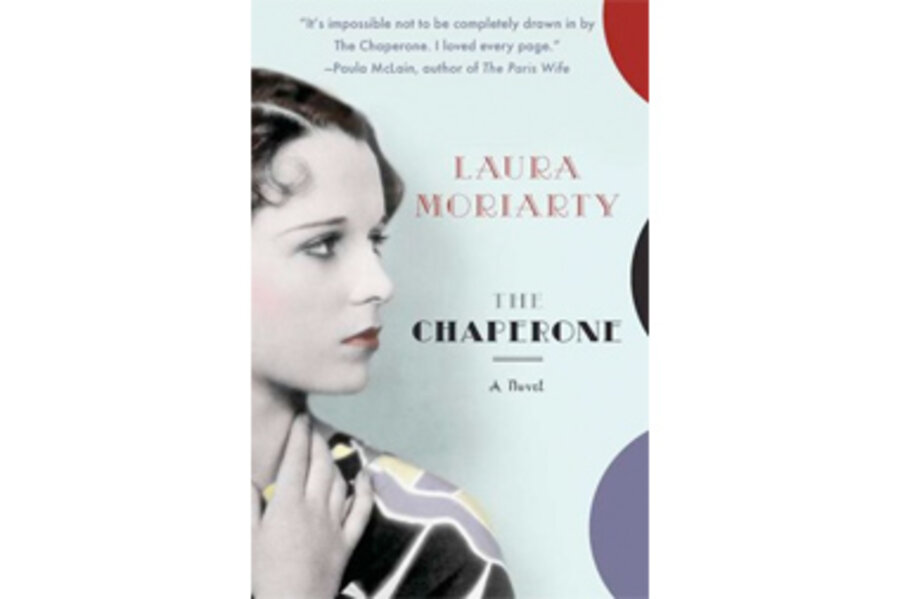Like Sylvan, Louise Brooks was another teenager who longed to be famous. But the Wichita teen had the beauty and guts to turn herself into a silent film icon – and then turn her back on Hollywood.
In “The Chaperone,” Kansas writer Laura Moriarty explores the summer when Brooks, 15 and already sporting the bobbed haircut she turned into a phenomenon, heads to New York for dance lessons. Brooks is actually a minor character, which no doubt would have annoyed the star. Instead, Moriarty focuses on Cora Carlisle, the 36-year-old matron who agrees to act as Louise's chaperone. Cora, the wife of a successful lawyer and mother of two grown sons, has her own reasons for returning to New York. As a child, she was sent west with a trainload of other orphans, who were adopted out along the way. Cora made it all the way to Kansas before a couple chose her.
Keeping track of Louise could have befuddled a team of Secret Service agents, but Cora still finds time to research her past. The rebellious, ambitious teen is a puzzle to Cora, who survived largely due to her willingness to be biddable and accommodating. And prudish Cora annoys Louise on an almost daily basis.
While they never become friends, the summer launches both women in new directions and offers at least one a chance at happiness.
Moriarty uses real-life incidents from Brooks's childhood and career (her mother made Gypsy Rose Lee's look like a model of maternal support), as well as groundbreaking dance companies and musicals of the 1920s. But she breaks narrative point-of-view periodically to wedge in just one more fact, such as Josephine Baker's first appearance in New York, which deadens the plot's energy every time. Certain minor characters, such as Cora's sons, are so underwritten they are interchangeable. And while the novel continues for decades after that summer, Brooks is reduced to cameos and the storyline sags.
How one feels about Brooks and her legacy will largely determine one's reaction to “The Chaperone.” Fans of “Lulu” are unlikely to enjoy Moriarty's portrayal of her as a willful brat. No doubt Brooks could be difficult, especially as far as studios, who preferred actresses to be pretty puppets, were concerned, but the actress, writer, and dancer was also known to be intelligent and generous – and very little of that comes across in “The Chaperone.”
For readers looking for a romance starring a middle-aged woman who got short shrift the first time around, “The Chaperone” works as a pleasant, historical read. If you want to know about Brooks, pick up her “Lulu in Hollywood.”







